Cuba
Havana (25/2/07 – 1/3/07)
Cuba is an interesting place. The first thing that one notices is the apartheid. This is not like the apartheid that poisoned South Africa many years ago, no. This separation was between tourists and ordinary Cubans. For a start, there is a whole different economy associated with tourists, complete with its own currency – the CUC – Pesos Convertibles. One CUC is worth about 24 normal Cuban pesos. So, while Cubans get a relatively good deal on all the stuff they buy (although, to be fair, there isn’t much) all foreigners have to pay prices similar or, in some cases, more expensive than what we would at home (unless you live somewhere like Norway where everything is stupidly expensive).
Havana, a city of contradictions. Here we observe a fairly spiffy apartment block in amongst some not-so-spiffy apartment blocks. The one closest to us is missing a balcony or two.
The vehicles in Havana are generally quite old and quite charming. However, they probably aren’t good for the quality of the air.
Well… we’re in a communist country. We subsisted better than this most of the time… but on our first night, we were quite hungry and bought some bread from a local bakery (which was a complete rip-off, but only because we were foreigners) and used our own penut butter to make ourselves a bit of a meal. For ordinary Cubans, one can obtain 50 rolls for five Cuban Pesos. We paid six Convertible Pesos for our six rolls. So… we basically paid about 250 times the normal price… just because we were tourists.
Every Cuban gets a ration card. They get rations every 10 days or so from a ration distributor, which are scattered throughout the city. Its quite a spartan existence, but Cubans are, on the whole, quite healthy as indicated by a much higher average height of the population. Nick didn’t feel quite so out of place as there were, fairly frequently, people of similar height.
We bumped into some random people who decided to take us to the “Callejon de Hamel” a very arty spot where all sorts of random things were for sale from CDs to strange paintings.
This monument was very interesting. Originally dedicated to the victims of a ship called the “Maine”, it originally sported an eagle on the top. After the revolution… the eagle mysteriously dissapeared and the inscription was changed… now it reads “To the victims of the Maine who were sacrificed by voracious imperialism in its desire to gain control of the island of Cuba”.
On the subject of modifying monuments, here is a statue of… WAS a statue of a man. Now only his shoes remain.
This very grand looking collection of buildings is the Universidad de Havana.
These little signs were everywhere. Highly suspicious…
Hmm… looks like Guinness, tastes like Malt.. interesting. An acquired taste… and one which I haven’t yet acquired.
Now… for the museum that you’ve all been waiting for.
We managed to arrive just in time to catch a group of schoolgirls on a field trip. The presence of Cuban schoolgirls is characterized by very short skirts and equally long… *cough* stares. Rather curiously, the uniform for Cuban schools appears to be the same wherever one goes. Nick later mentioned that he thought that this particular group of girls might have been from a ballet school because of their slender builds and hair tied in buns. Good thing I didn’t notice, otherwise I might have tried to pick one up… dancers are very light you know…
The apartment where planning of the revolution took place. Maybe someday, you’ll walk into a museum to find the floorplan of your favourite solstice/equinox party venue on display… I can see it now “… Apartment 118 at the corner of Spring and Latrobe streets, Melbourne…”
The words of the great man himself – Fidel Castro.
Ernesto “Che” Guevara was apparently something of a military genius. A great leader in battle who always led bravely from the front, a good guerilla fighter and mastermind of the battle of Santa Clara (just trust me, its a very impressive battle to be named the mastermind of). However, for me, the achievement that stands above all this, is the fact that he organised the battle with the assistance of his trustry radio (pictured above) which was almost as tall as me, and nearly as fragile. Now THAT takes an outstanding soldier.
The uniforms of the revolutionaries had to be improvised somewhat. The armband simply reads “Libery or death, 26th July, Column Number 2”.
My Amnesty comrades can learn alot from this – this is a PROPER collection tin. This particular one was used to publicise the agrarian reform which took place shortly after Castro seized power.
The United States, always eager to interfere with Cuban affairs did much to try to counter the revolution. Fortunately, the Cubans had a trick or two up their sleeve to counter the Americans right back
The Capitolio building in central Havana. Closely resembles the Capitol building in Washington D.C. as it was, indeed, designed by someone who was rather fond of America.
Everywhere you go, instead of massive billboards screaming at you to buy cars and home loans, you get billboards like these, which are far more pleasant.
Trinidad (2/3/07 – 5/3/07)
This is the car we rented to drive around Cuba… first stop (after Havana) Trinidad
On our way to Trinidad. The condition of the road is somewhat inconsistent. The autopista nacional was begun to link one end of the island to the other. It began when the Soviet Union was still around and was about halfway when… well… the Soviet Union ceased to be around… and it kinda stops. Fortunately, our turn off was a considerable distance before the autopista ended, but the quality of the roads between the exit of the freeway and Trinidad itself was questionable.
Trinidad is not the biggest or wealthiest city in Cuba, but it did allow us an opportunity to interact with real Cubans without the hassle of palming off people who were trying to sell us cigars/food/women/etc.
Cuba, being a communist country had a distinct lack of lavanderias – laundromats where we would wash our clothes. So I took it upon myself to wash my own clothes. The towels are there to stop the clothes from dripping everywhere.
The next day we took a cocotaxi, which is basically a very large kinder surprise strapped to a motorcycle, to the beach. On our way, we ran into another cocotaxi whose engine had stalled… so… we got behind it and gave it a bit of a nudge to get it started. I’m sure, from a distance anyway, it looked like two taxis in the act of procreating.
The beach. One of the finest in the Caribbean apparently… and pretty darn nice if I do say so myself. The water was rather cloudy and the sand was quite coarse as it was made up of coral. We were pleased to have finally found a beach which was at least *as* good as some of the beaches in Australia.
We finally got to the task of changing our Cuban Convertibles (CUCs, in other words “tourist money”) to the Moneda Nacional (local money) and the difference in prices of things was immediately welcomed with a trip to “Peso Pizza” where we ate for a fraction of the cost of our other meals. This pizza cost us about the equivalent of 20c Australian.
The next day, we had a little day trip to a nearby town to see a waterfall. The hike, through some very lovely bush, took a little less than 45 minutes and was very pleasant, if slightly hot and humid.
This is only a small part of the waterfall. The waterfall cascades from about 60m and eventually comes to this very deep pool where one can go swimming. There’s Nick, in the middle, having just dived in.
“Excuse me sir, may we drink some of the water coming out of your Cock?”.
By night, Trinidad comes alive with live Salsa music at the “Casa de la Musica” and there is dancing in the street.
In addition to all the “Viva Fidel” billboards about the place, there were also a few… well… interesting ones. Here is an anti-fascism billboard.
After Trinidad we set off for Vinales. We decided to go via the infamous “bay of pigs”. Now before anyone jumps to any conclusions, we didn’t get lost, we merely took a more scenic route. Unfortunately, along with lovely scenery, the quality of the roads left much to be desired. On the right, is the road, we are not driving on it because it was too bumpy (yes, we are also driving on the wrong side).
A victory for Socialism!
It is a fairly popular thing in Cuba to decorate the front of Museums with tanks. This is an example of a tank.
Not all tanks are so fortunate as to be displayed, out of harm’s way, in front of a Museum. Some tanks, like this one, have to brave the everday difficulties of things like roads. This one held up the traffic on the autopista nacional for a few minutes while they tried to flip it back over. They gave up in the end…
On our way out of the bay of bigs, we stopped briefly in central Australia – the town from which Comrade Fidel directed operations against the ill-fated imperialist invasion.
We were in quite a rush to get to Vinales, and the Autopista wasn’t particularly heavily policed… and we were in a rental car. Nick had trouble holding the camera steady at such a great speed.
Unsurprisingly, we overshot a turn or two and had to ask directions. We also picked up a hitchiker or two as local knowledge always goes a long way.
Viñales (5/3/07 – 7/3/07)
Vinales is not a big city but quite a small town. We went for a walk around the area as it was very beautiful and we walked past many tobacco plantations. Tobacco is a very labour-intensive crop. Here we see a man picking tobacco leaves and hanging them to try.
We were a long way from the Bay of Pigs, but I think these young folk could smell it on us. They chased us for quite a while before finally giving up.
The scenery in Vinales was characterized by these Mogotes which incongruously jutted out from the otherwise very flat surroundings.
We stopped by a farmhouse to have something to eat with a local family. The food was very good as was the company of their two kittens. The family had a young girl who took it upon herself to ensure that the cats did not get in our way. It would have been good though, if someone had taught her how to pick up a cat properly…
One of the cats from the previous photo… probably thinking about possible escape routes through the mountains.
On the side of one of the Mogotes was painted the famous “Mural de la Prehistoria”. It took 15 people 5 years to complete (so… say, if you only had 5 people, how long would it take?) and is described in the Lonely Planet guide as “either impressively psychedelic or monumentally horrific, depending on your point of view”.

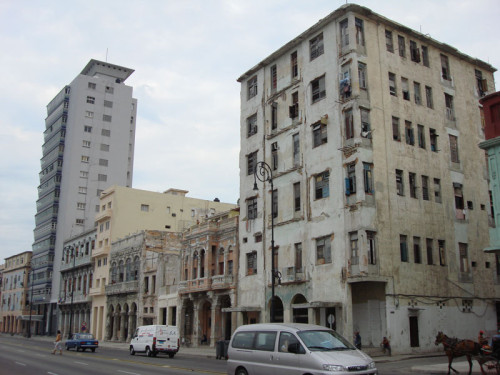
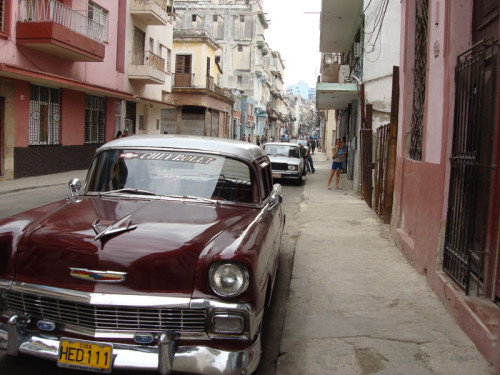
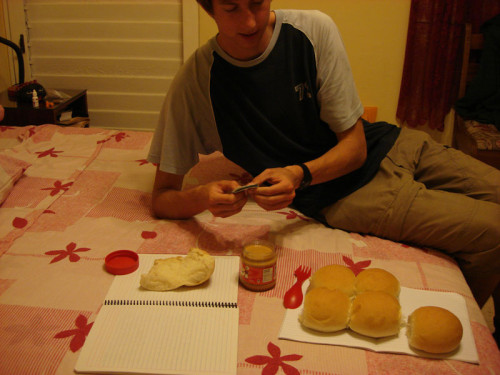
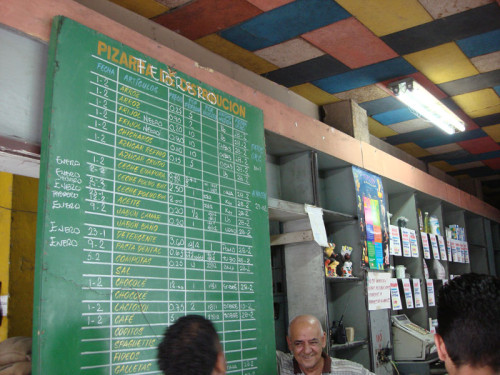
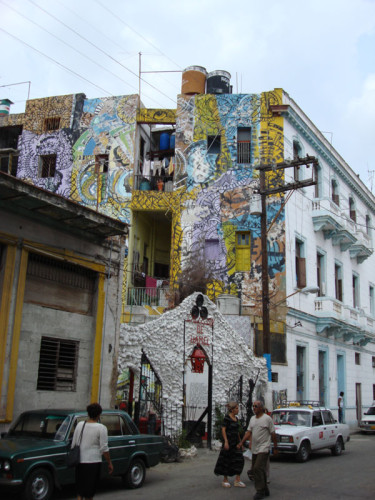
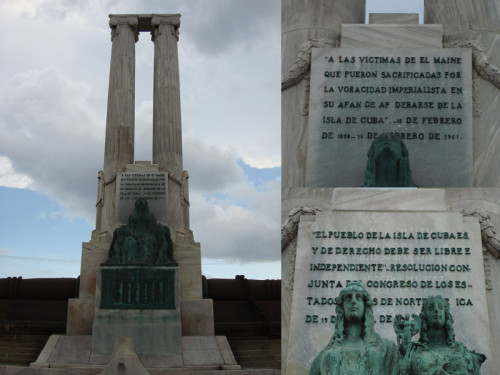
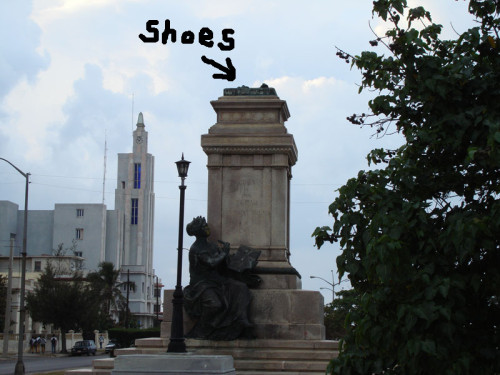
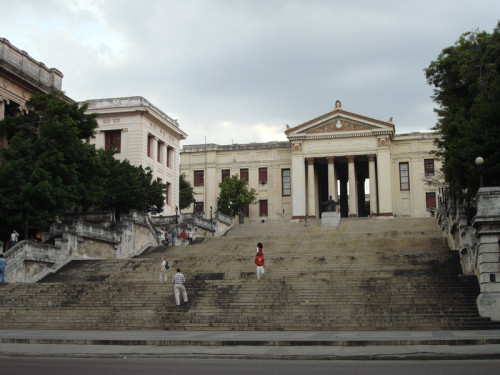
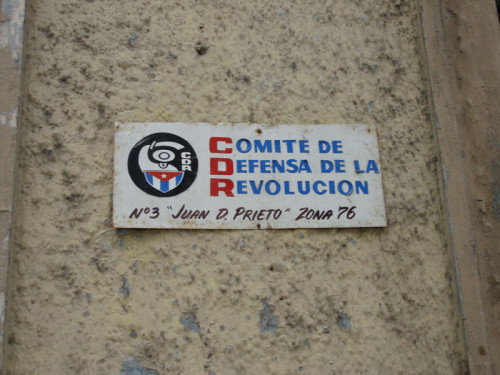
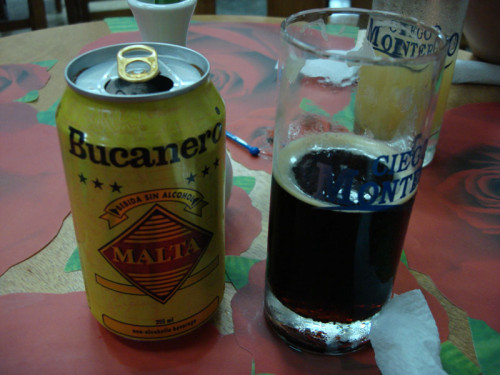
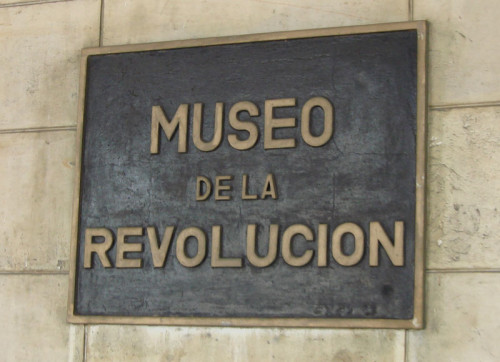
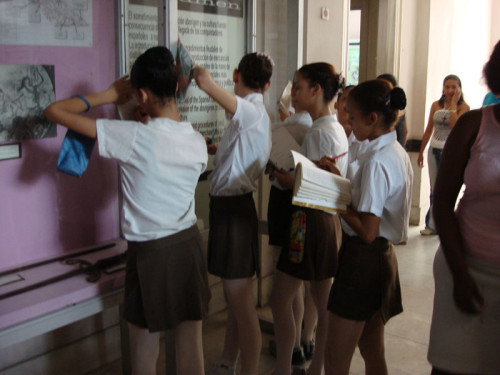
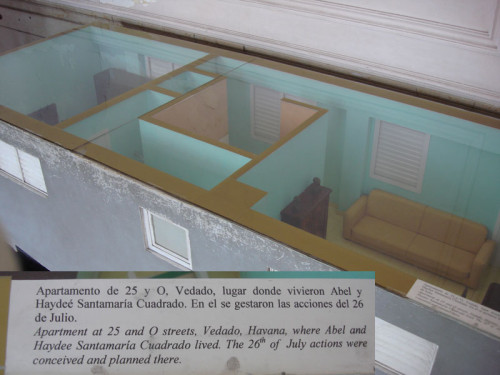
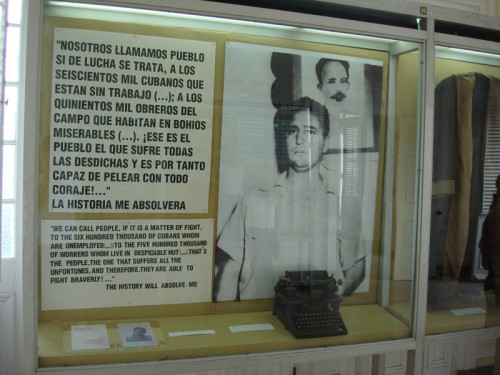
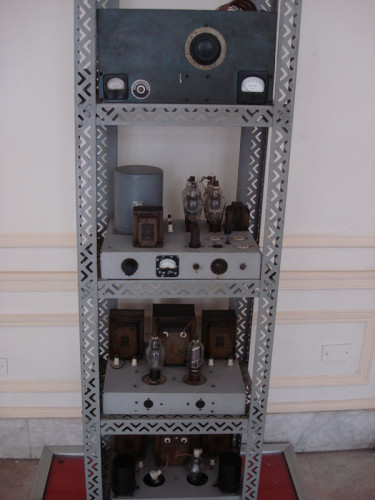
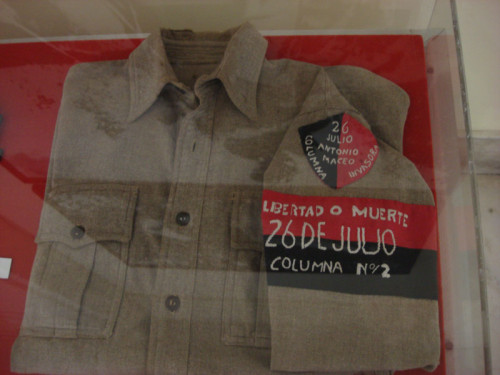
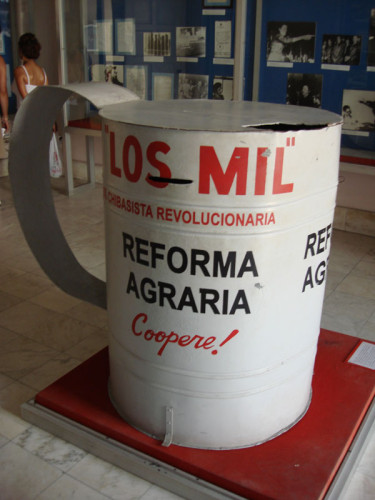

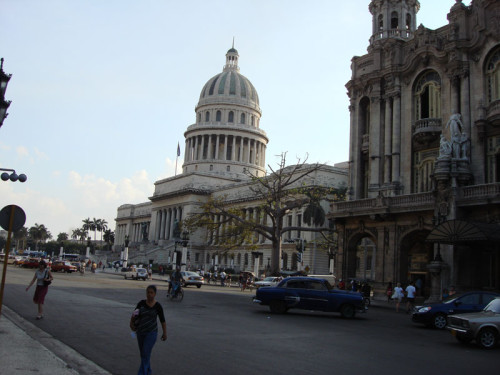
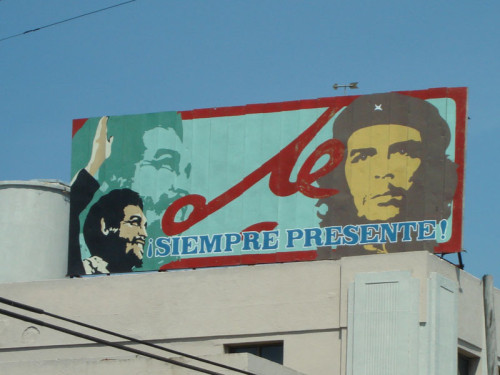
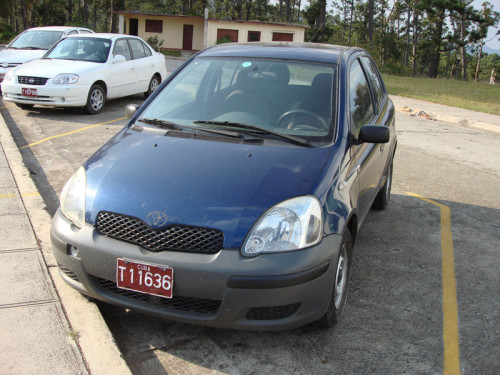
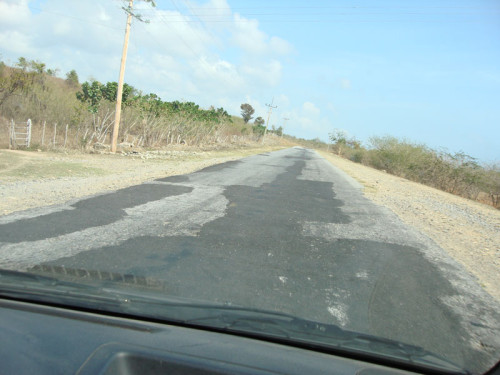

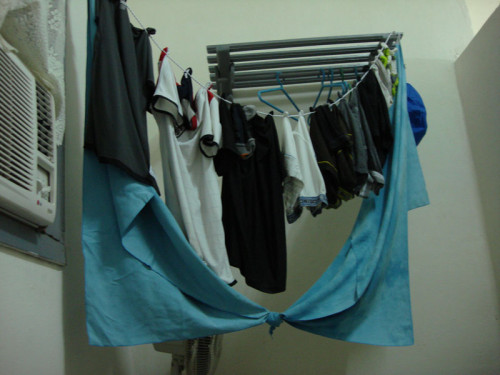
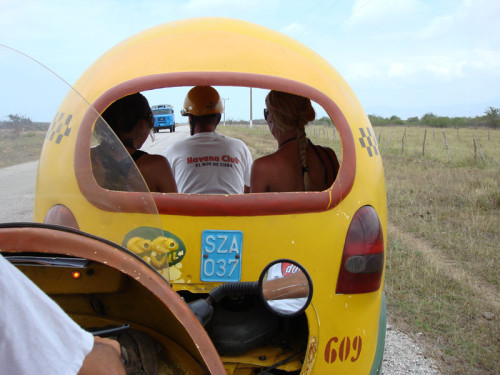
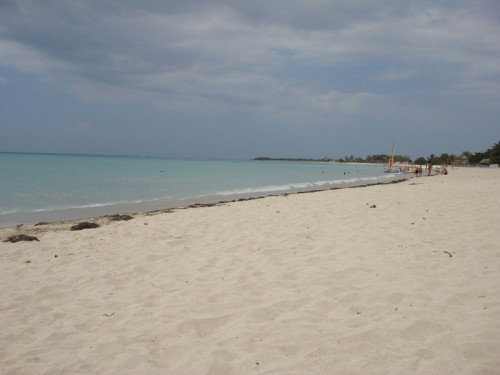
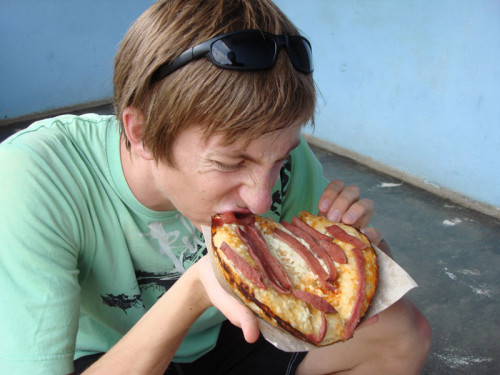
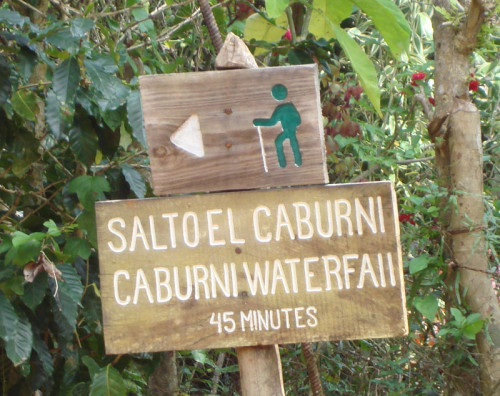
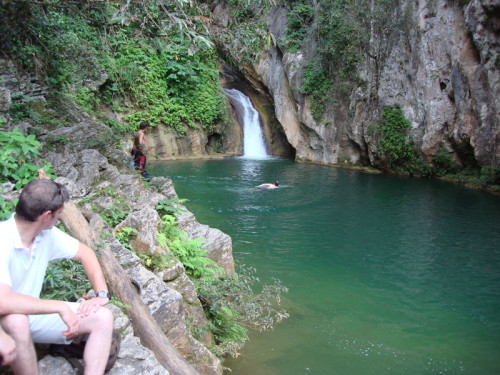
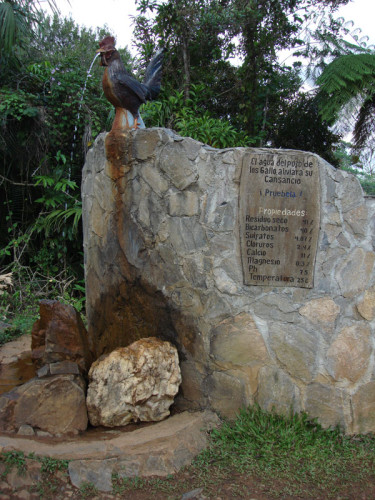
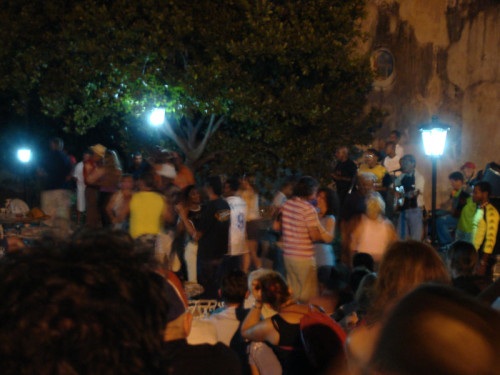
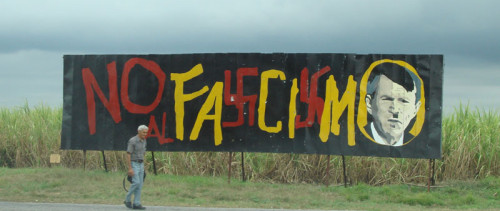
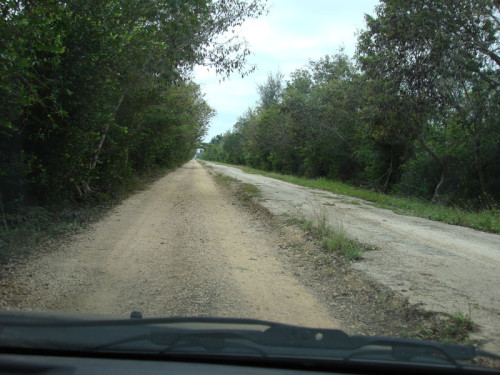
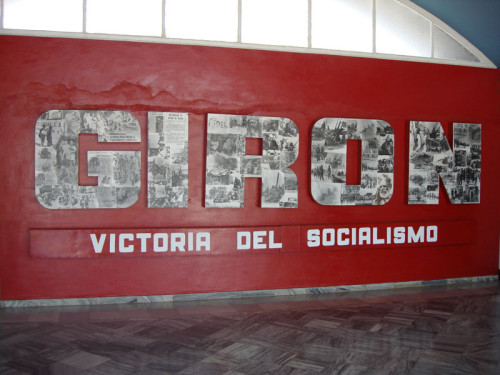
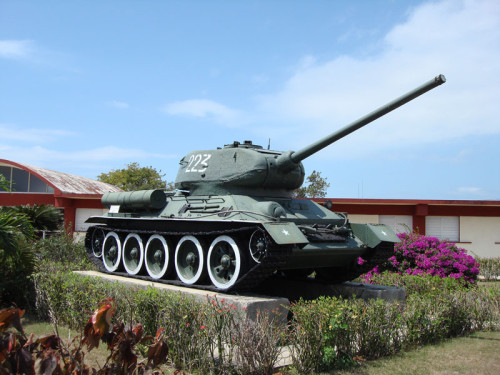
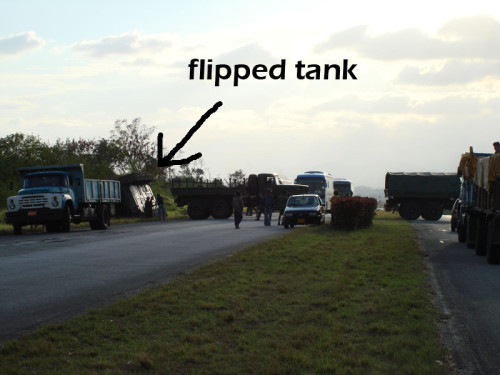
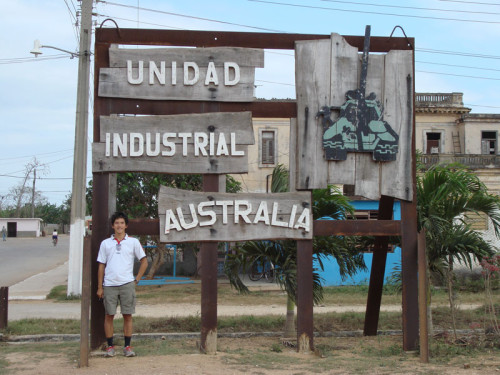
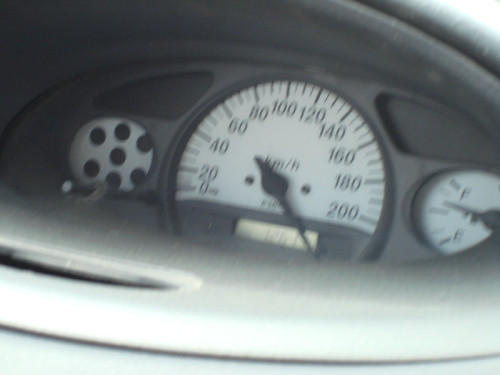
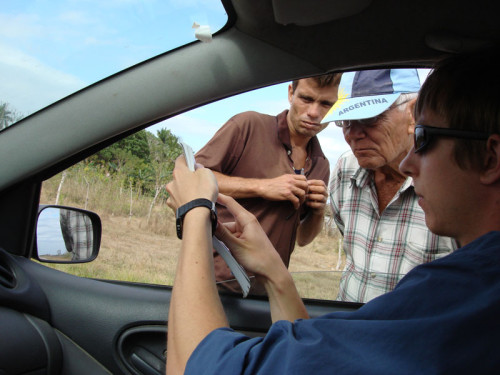
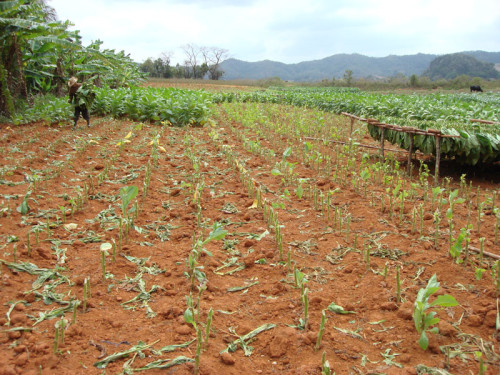
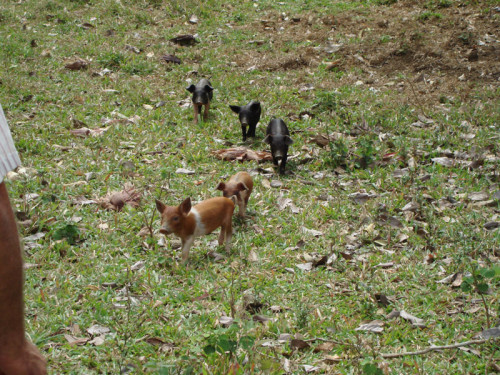
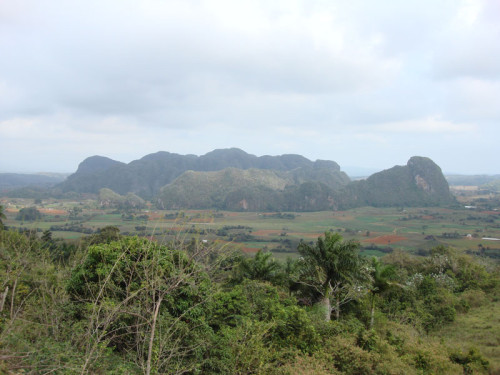
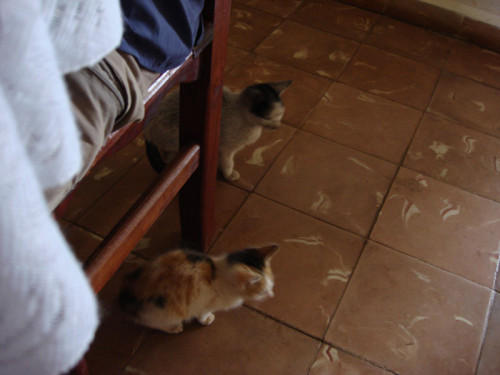
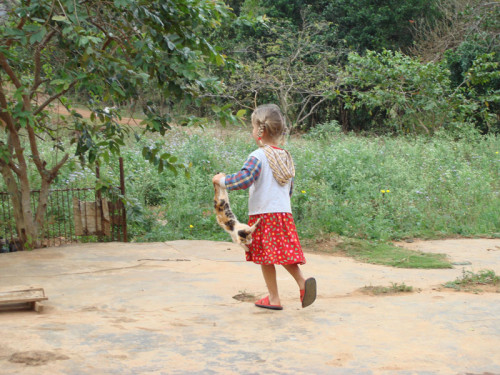
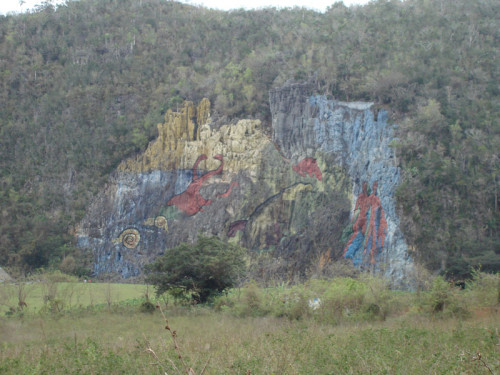
First time I’ve seen this site. Very interesting description about Cuba. I would like to point out the fact that it is not sociable or very friendly in Los Angeles, California as it is in Cuba. You won’t find students even on field trips, especially with all the budget cuts in all the school districts. I’m surprised you even found a farm to relax in. Imagine doing that in one of the big or even small farms in California. Not only would it not happen, you would be probably run off the lot while the poor and undocumented aliens from Mexico are picking the fruits and vegetables. The fact that Cuba has succeeded says a lot about the world today. The fact they are so friendly, I believe, and integrated socially among every color and race, also says a lot as well.
Wow, that’s a big leaf Jenny. You could make an oaorcevt out of it for Germany. Cuba looks beautiful and I look forward to visiting.